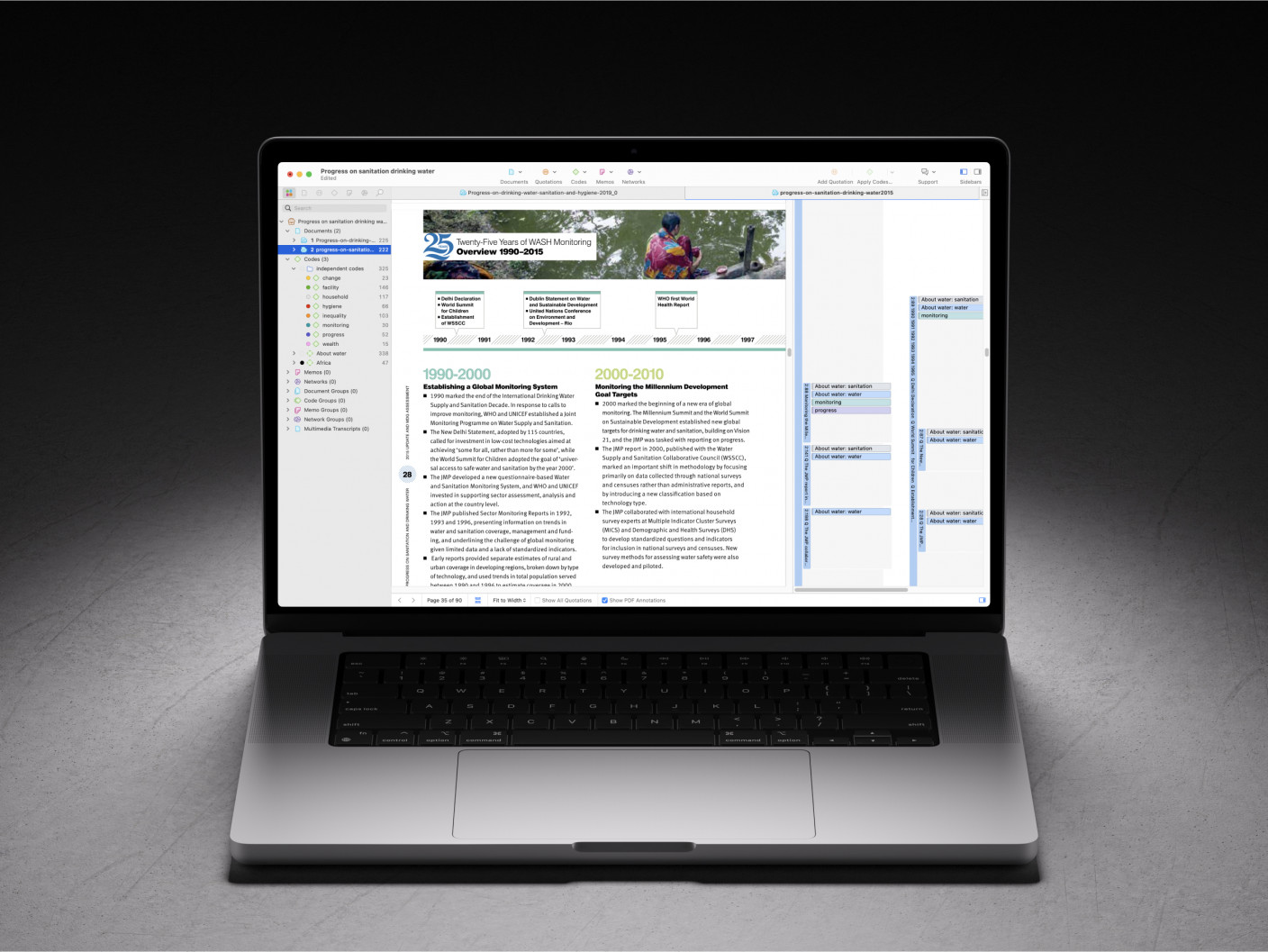What’s the difference between the results section and the discussion section?
What’s the difference between the results section and the discussion section?
The results section should show the key findings that you have identified from your data analysis, while the discussion section highlights how those findings address the research questions in your study. The discussion section is where the key theoretical developments and potential applications to real-world practice are proposed, but the findings provide the evidence that supports the proposals in the research paper.
In this sense, the presentation of your findings should focus primarily, if not exclusively, on what the data means based on the analysis you use to interpret the data. The implications of such data are best left to the discussion section.
What’s the difference between results and findings?
As you collect articles for your literature review, you might notice that some papers have a results section while others have a findings section. In broad terms, there is no major difference as both sections typically follow the methods section of a research paper. Essentially, results or findings are what come as a result of analyzing raw data generated from the study in order to answer a research question.
However, the use of one term over another is sometimes field-specific or method-specific. Research results often come from experimental or quantitative data, both of which come with expectations of objective predictability. Such results are presented in tables and figures and then interpreted by the authors in prose to set up the argument for the significance of the research.
Research findings, on the other hand, are associated with phenomena that are observed. In naturalistic inquiry, research methods such as ethnography and document analysis seldom, if ever, produce predictable and ordered results. Rather, they sample what is found in the real world and provide the basis for a report on what occurred in a given research setting.
Imagine a simple experiment where one plant is given water while a similar plant is given fertilizer and water. The results would describe the differences in the rate of growth between these two plants in a manner that guides recommendations about how to grow plants. With rare or unforeseen exceptions, these results are meant to be predictable and suggest a logical sequence that leads to successful plant growth.
In contrast, think about how an education research project, for example, might collect data through observations and interviews. This data might provide findings about how a teacher can be successful in connecting with their students to promote learning. Note that these findings do not guarantee the same results in other settings, given the situated nature of classroom teaching and learning and the potential differences between teachers and students. They only suggest a potential relationship between what a teacher does and how their students might benefit as a result.
Understanding this difference thus makes it easier to see where you will find a results section and where you will find a findings section. The physical and natural sciences, where you are more likely to find experimental studies and statistical analyses, expect results that are ordered and predictable. Researchers in the social sciences and humanities, where ethnographic research, interviews, and focus groups are more common, will opt for findings over results.
What are key findings?
Those who are skilled writing research papers understand the task of choosing the most relevant results from the raw data while presenting the research in a transparent manner. In research disciplines that rely on qualitative research methods, it’s impossible to present all of the data collected from even a single study. When interview transcripts or field notes can run into dozens of pages, writers are faced with the challenge of choosing which segments of data should be represented in a findings section.
These segments of data are meant to explain and support the study’s key themes or findings. In data coding and data analysis, a successful researcher has the responsibility of sorting through the data and separating the key findings from the whole body of data.

